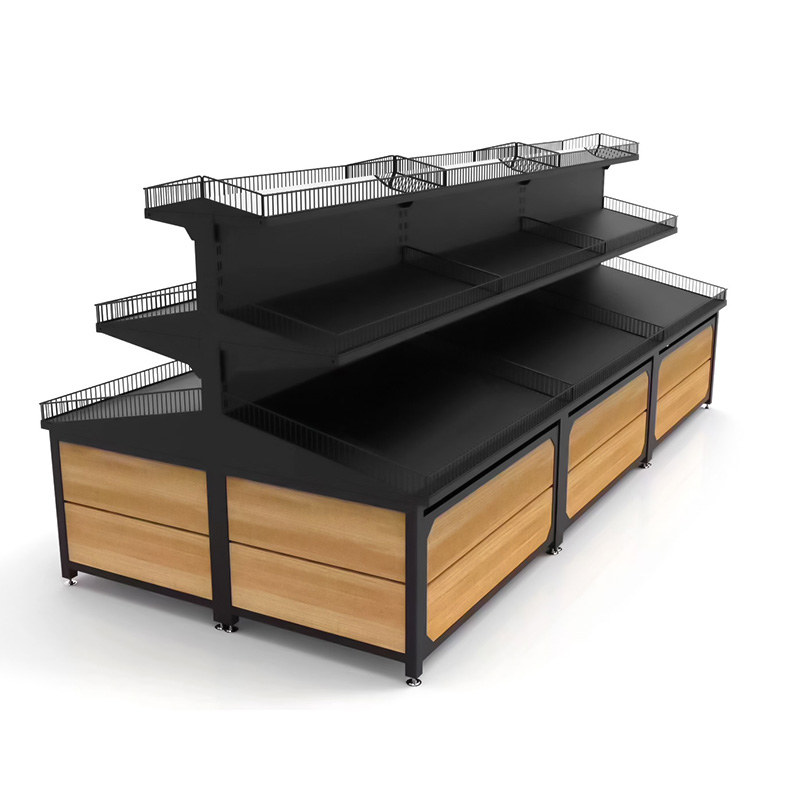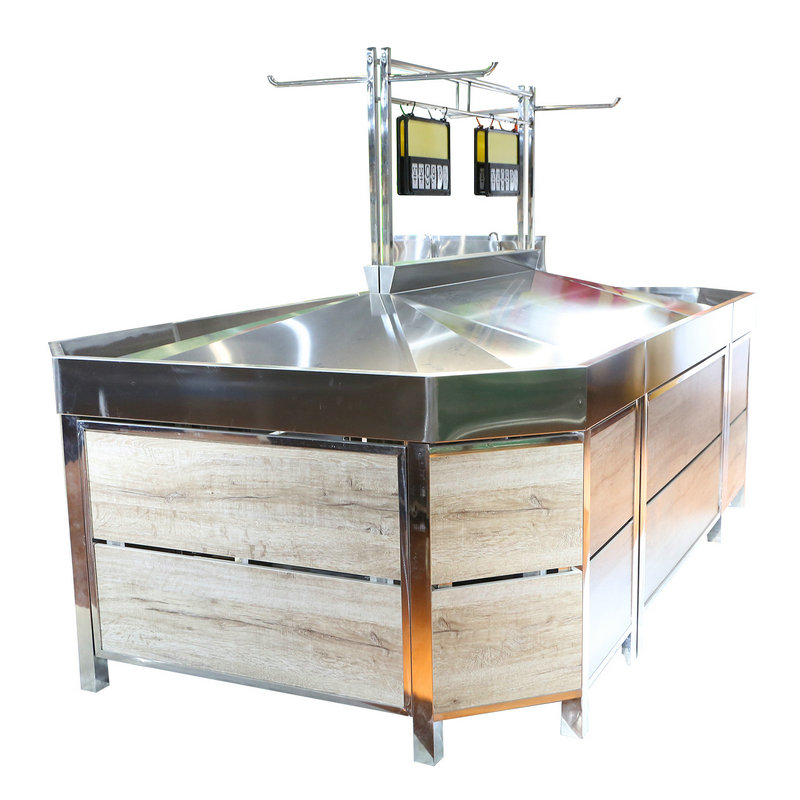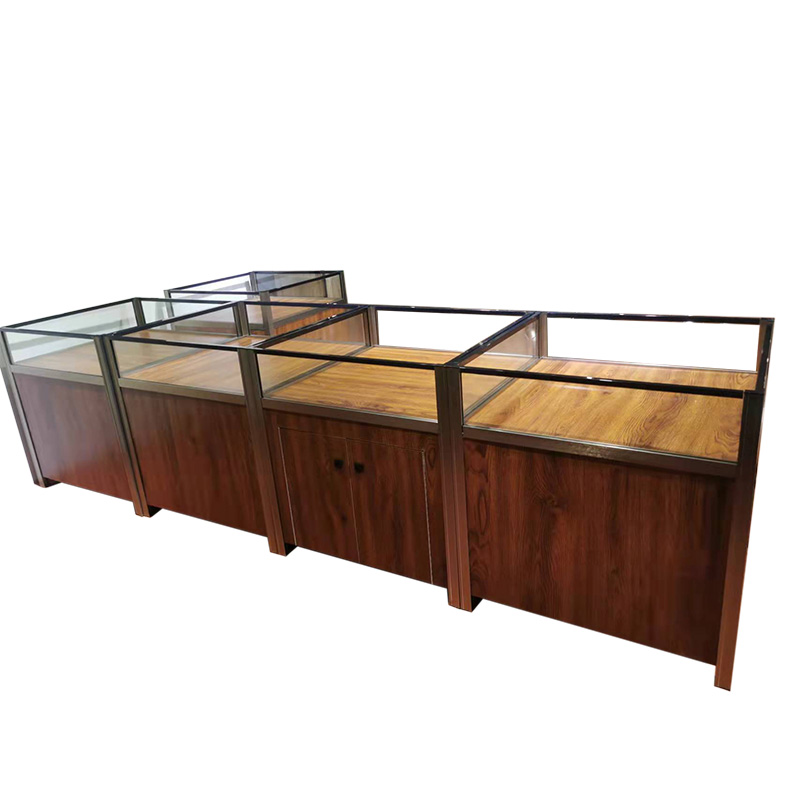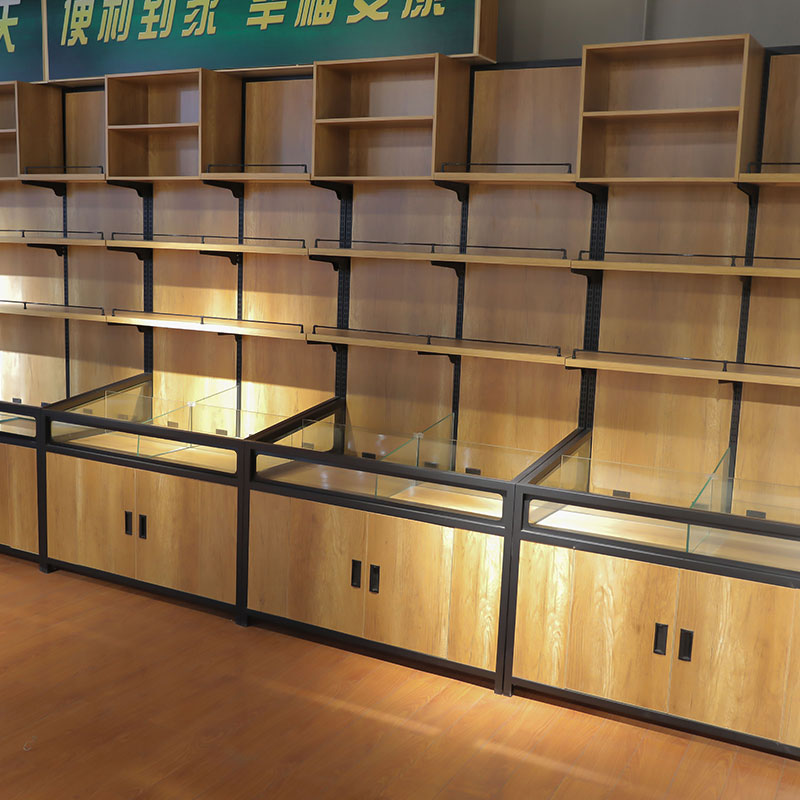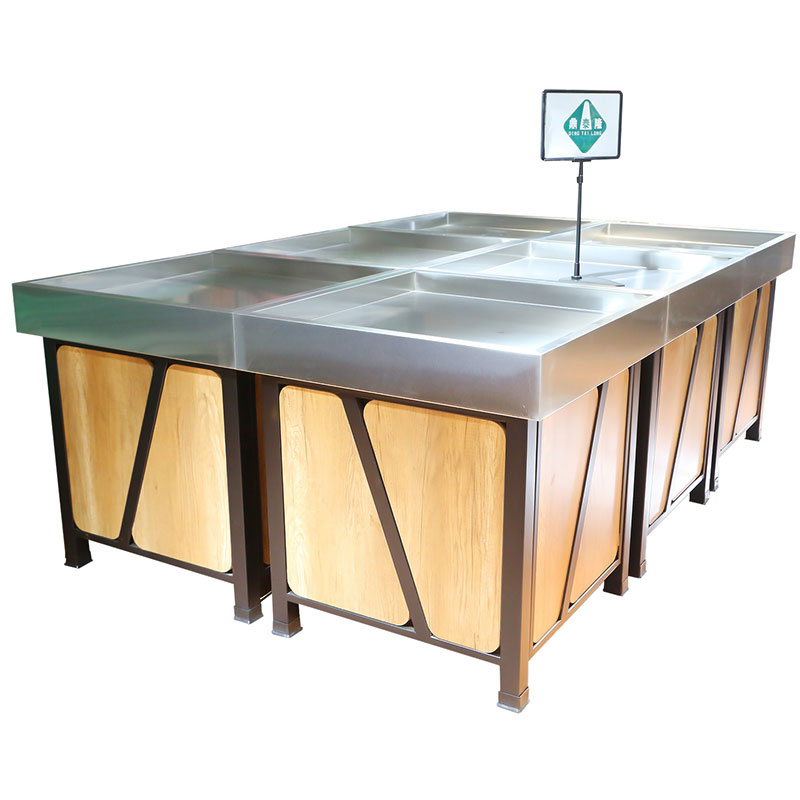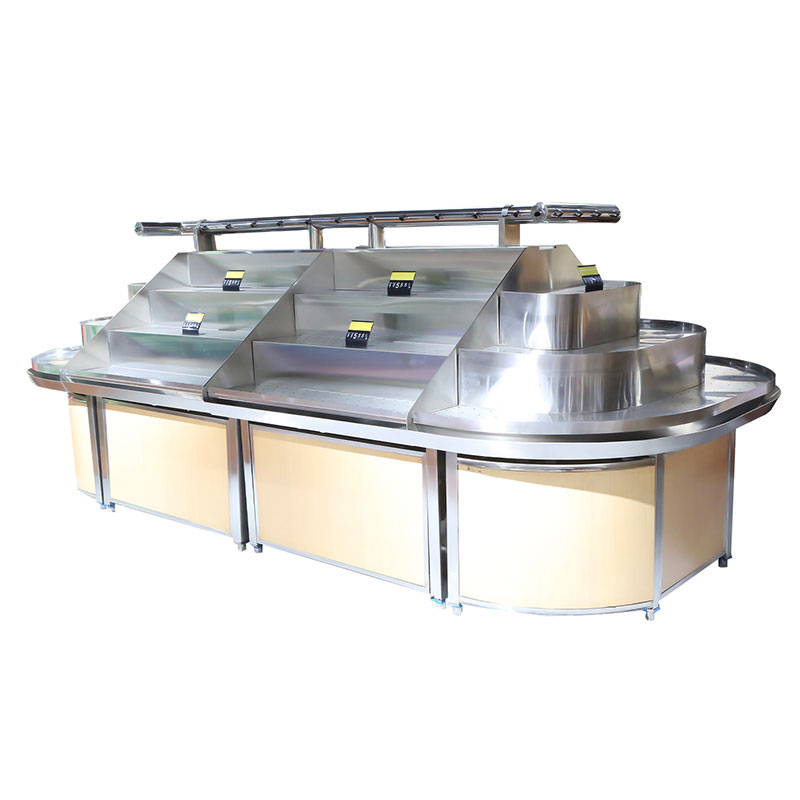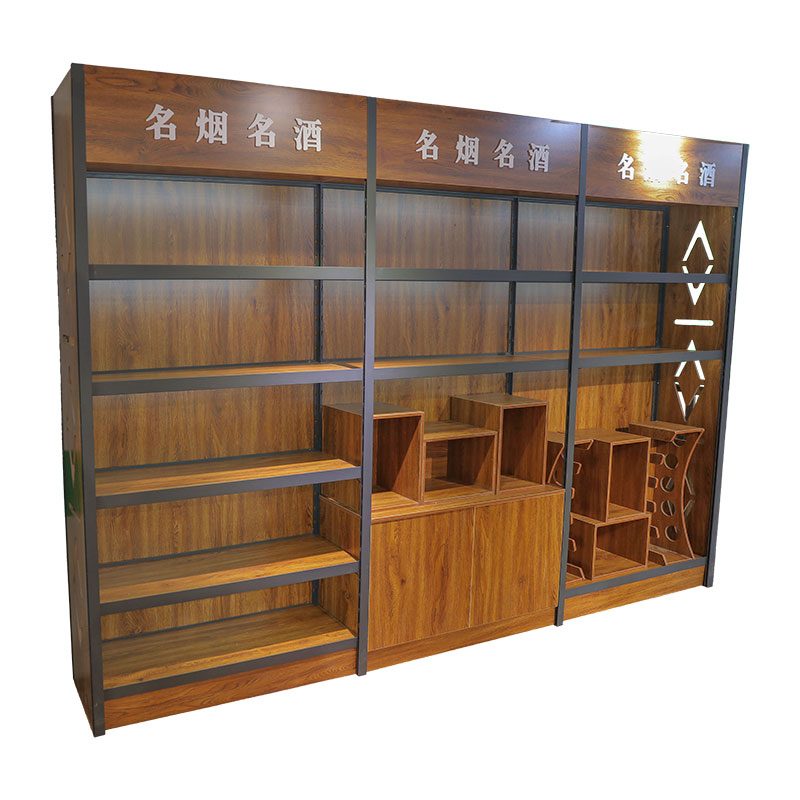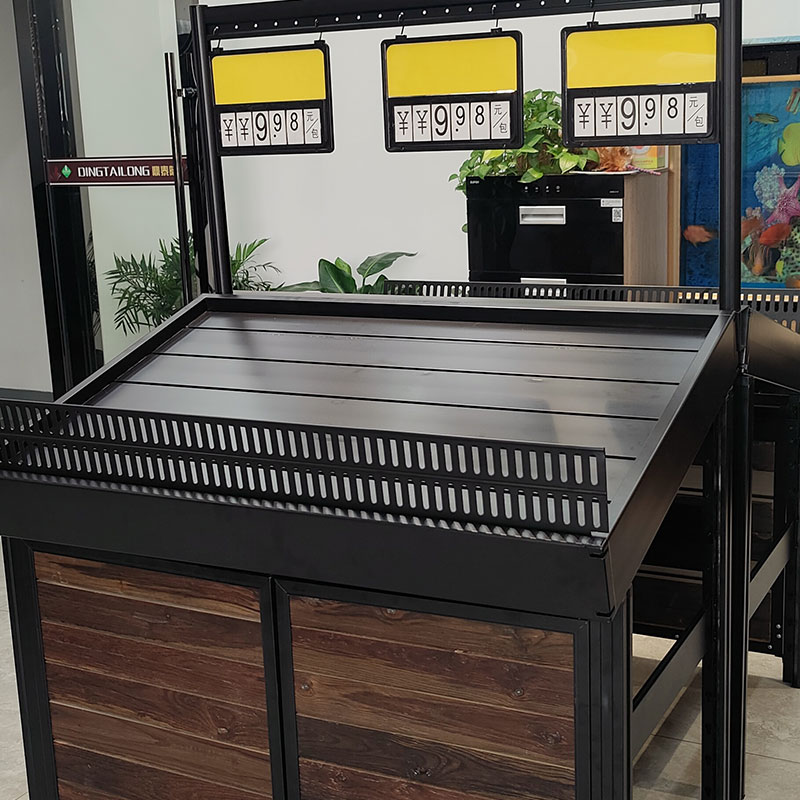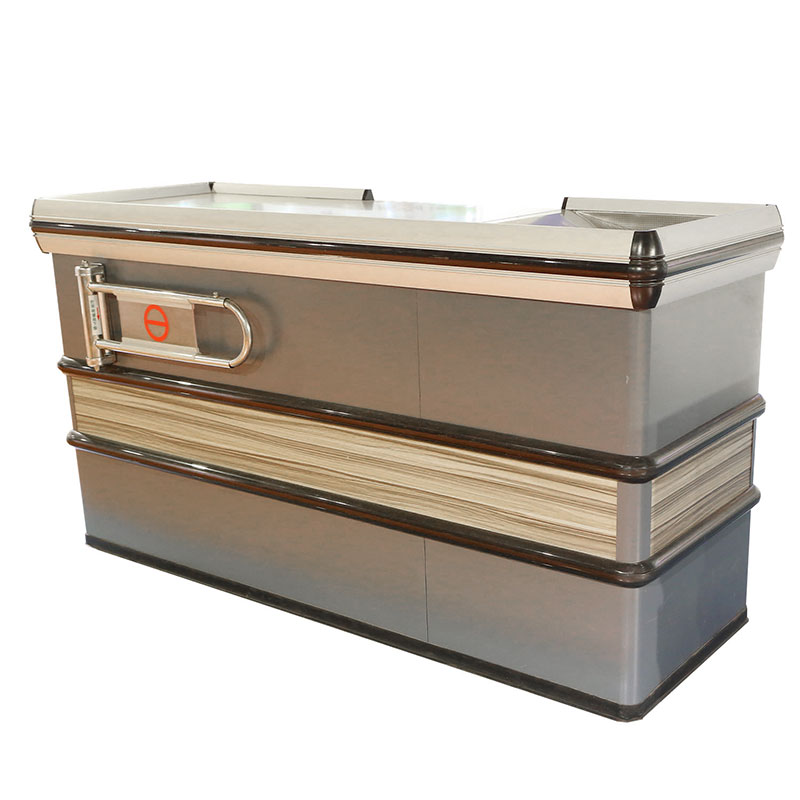Using cake shop cabinets can present several challenges, especially when it comes to maintaining the quality and presentation of cakes and other baked goods. Some of the primary challenges in using cake shop cabinets include:
Temperature and Humidity Control: Cakes and pastries are sensitive to temperature and humidity fluctuations. Cake shop cabinets need to maintain a controlled environment to prevent cakes from becoming stale, drying out, or losing their texture and taste.
Condensation and Moisture: If not properly managed, condensation can form inside cake shop cabinets, leading to moisture buildup on cakes' surfaces. This can result in the loss of decorative elements, such as frosting designs, and compromise the overall appearance of the cakes.
Cross-Contamination: In cake shops where various types of cakes and pastries are displayed together, there is a risk of cross-contamination, where flavors and aromas from different products can mix and affect the taste of each item.Here are some effective steps to prevent cross-contamination:
Separate Storage: Store different types of cakes and pastries in separate sections or shelves within the cake shop cabinet. This will prevent flavors and aromas from mixing and ensure that each product retains its unique taste and characteristics.
Use Sealed Containers: Consider using sealed containers or display cases for each cake or pastry. This helps create a physical barrier between different products and minimizes the risk of cross-contamination.
Labeling and Identification: Clearly label each cake or pastry with its name or flavor. This helps customers and staff identify the products without the need to touch or handle them excessively.
Frequent Cleaning: Regularly clean and sanitize the cake shop cabinet to remove any crumbs, frosting, or residue from previous products. Use food-safe cleaning agents and follow proper hygiene practices.
Display Arrangement: Strategically arrange cakes and pastries in the cabinet to allow adequate space between each item. Avoid overcrowding, as this can lead to accidental contact between different products.
Handling Procedures: Train staff on proper handling procedures to avoid cross-contamination. Encourage the use of disposable gloves when handling cakes and pastries.
Regular Rotation: Rotate the cakes and pastries on display to ensure that older products are sold first, reducing the risk of cakes becoming stale or losing freshness.
Avoid Fragrant Items: Be cautious about displaying heavily fragrant items, such as strongly flavored cakes, alongside delicate ones. Strong aromas can easily transfer to neighboring products.
Temperature Control: Maintain proper temperature control within the cake shop cabinet. Temperature fluctuations can affect the quality of cakes and encourage bacterial growth.
UV Protection: If the cake shop cabinet uses lighting, ensure it has UV protection to prevent colors from fading and preserving the cakes' appearance.
Regular Inspections: Conduct regular inspections of the cake shop cabinet to identify any potential sources of cross-contamination and address them promptly.
Customer Interaction: Encourage customers to use provided serving tools, like tongs or cake servers, to handle the cakes and avoid direct contact with the products.
Display and Arrangement: Properly arranging cakes in the cabinet is essential for optimal presentation. It can be challenging to arrange cakes attractively without overcrowding or compromising visibility.
Frequent Opening and Closing: Frequent opening and closing of the cake shop cabinet can cause temperature fluctuations and affect the cakes' quality. Customers browsing the selection may inadvertently introduce external air and temperature changes.
Cleaning and Hygiene: Cake shop cabinets require regular cleaning and maintenance to ensure proper hygiene and prevent the growth of mold or bacteria. Cleaning must be done without damaging the cakes or their decorations.
Lighting and UV Exposure: Overexposure to light, especially ultraviolet (UV) light, can cause colors to fade and affect the visual appeal of cakes and pastries on display.
Freshness and Shelf Life: Maintaining the freshness of cakes in the display cabinet is essential. Cakes that stay on display for extended periods may become less appealing to customers due to concerns about freshness.
Inventory Management: Ensuring a constant supply of fresh cakes and pastries in the display cabinet while managing inventory to minimize waste can be a delicate balance.
Packaging and Protection: Cake shop cabinets should be designed to protect cakes from physical damage and prevent contamination while allowing customers to view the products without excessive handling.



 English
English русский
русский Deutsch
Deutsch Español
Español 中文
中文